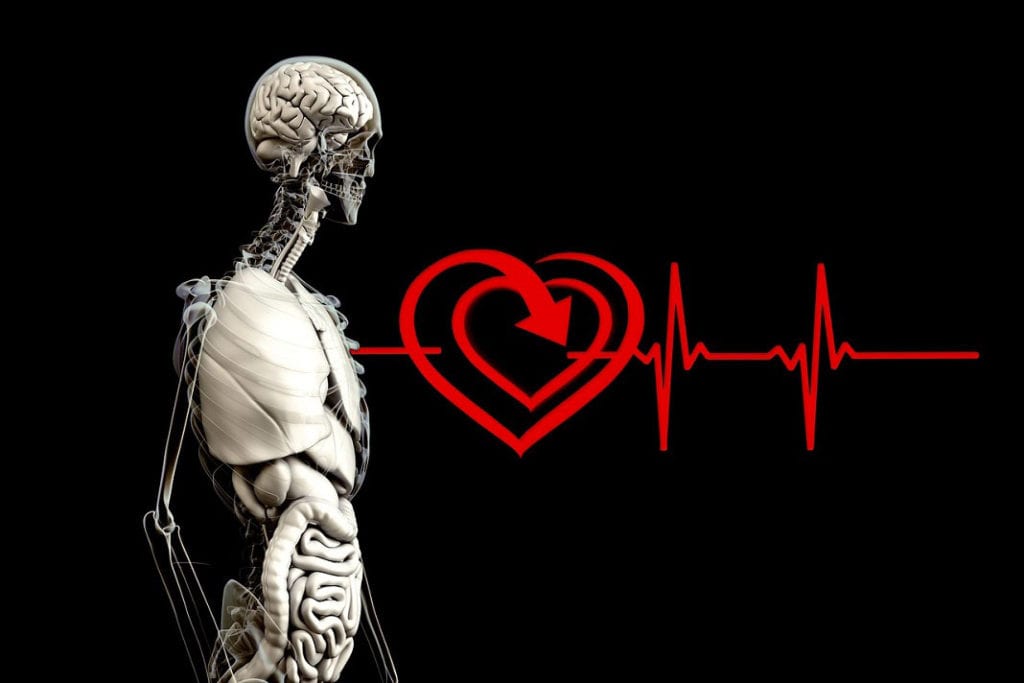February is Eisenmenger Syndrome Awareness month.
Eisenmenger syndrome is very rare and devastating, so it deserves our attention. Let’s get to know a little more about this heart condition.
Eisenmenger syndrome is a progressive heart condition that develops in some individuals with structural malformations of the heart that are present from birth (congenital heart defects).
Eisenmenger occurs when the increased pressure of the blood flow in the lung becomes so great that the direction of blood flow through the shunt reverses. Oxygen-poor (blue) blood from the right side of the heart flows into the left ventricle and is pumped to the body so it doesn’t receive enough oxygen to all of the body’s organs and tissues.
Those who have been diagnosed can live 20 to 50 years with this condition.
Some common symptoms include:
- Bluish lips, fingers, toes, and skin (cyanosis)
- Rounded fingernails and toenails (clubbing)
- Numbness and tingling of fingers and toes
- Chest pain
- Coughing up blood
- Dizziness, fainting, and shortness of breath
- Fatigue
There is no known cure for Eisenmenger syndrome; available treatments for patients aim to manage symptoms.
So, to sum it up as best we can-









